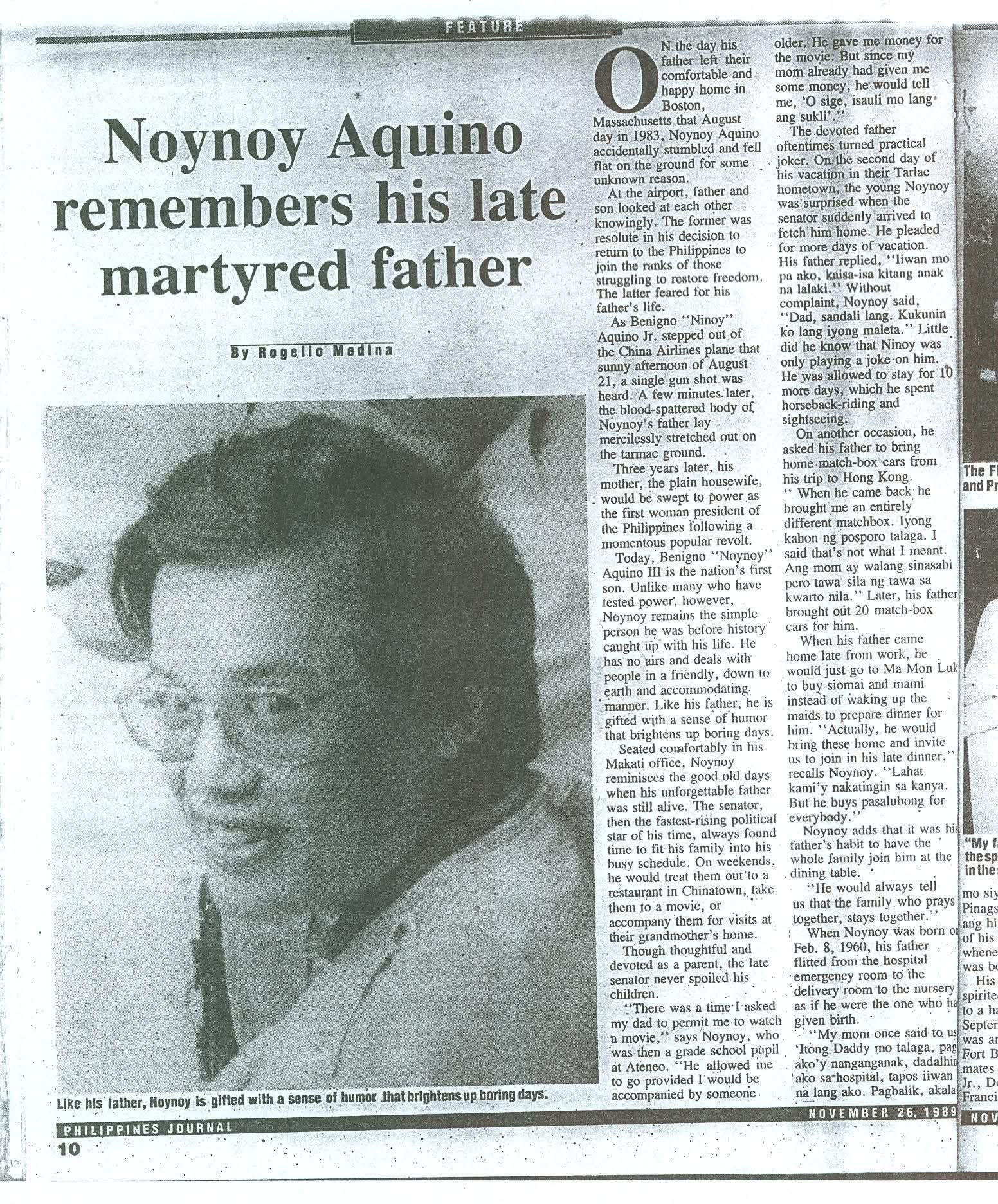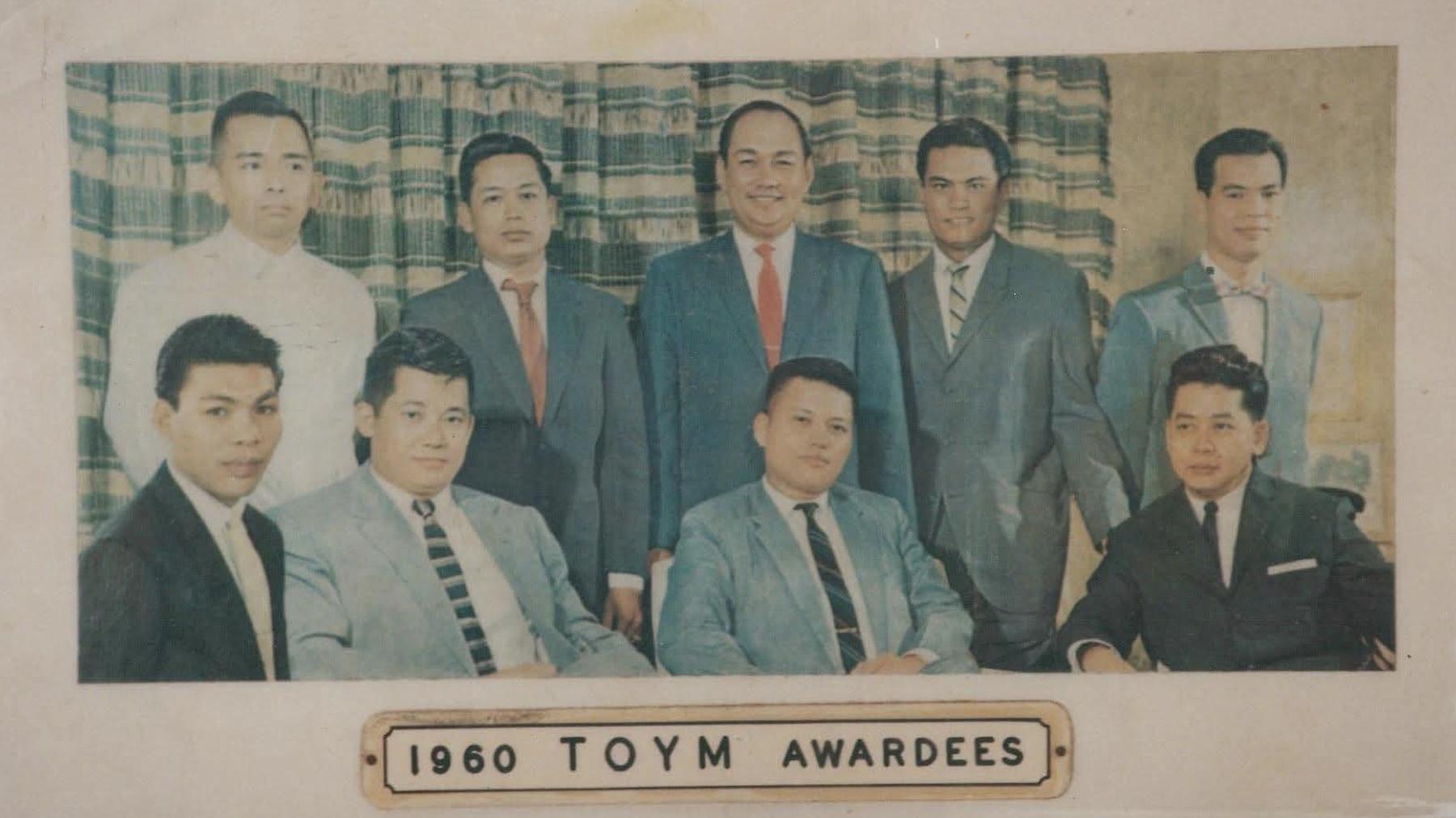What is Athletic Heart Syndrome?
This is a condition among athletes who show a constellation of physiologic adaptations in the body system, especially in the heart, in persons trained to perform endurance exercise.
What are these changes?
One of them is the so-called resting bradycardia (heart rate is slow, well below 60). The usual normal heart rate at rest is between 60 and 80, and goes higher with activities. Among conditioned athletes, the heart rate could be as low as 36 or 40, and they feel well. In non-athletes, a heart rate this slow could lead to dizziness and weakness, or shortness of breath.
What are the other changes?
The others are the presence of a heart murmur, 3rd and 4th heart sounds, a variety of EKG abnormalities, heart enlargement on chest X-ray. Even the muscles of the heart is thicker (hypertrophied), and the four chambers of the heart dilated—all these increase the pumping capability of the heart and increase oxygen delivery to all tissues by increasing stroke volume.
How about their blood count?
The total hemoglobin and blood volume of endurance-trained athletes are also increased, further improving oxygen transport to tissues. In trained athletes, the pressures inside the heart chambers are normal and so with the heart ventricular function.
Do the changes disappear when endurance training is stopped?
Yes, heart enlargement and bradycardia (slow heart rate) regress when the endurance training is stopped.
Do these athletes have abnormal heart rhythm?
Many of them do have atrial and ventricular arrhythmias, or irregularity of heart rhythm. However, while these could cause symptoms in non-athletes, these abnormal rhythms among trained athletes do not cause any symptoms in most of them, and may even disappear with exercise.
Is strenuous activity harmful to the cardiovascular function?
There is no evidence in the medical literature to suggest that even the most strenuous physical activity is deleterious to the non-athletic person who has normal heart rate and rhythm, and in good physical condition. However, we advise everyone to consult with his/her physician before indulging in strenuous physical activities.
How about sudden deaths in athletes?
Sudden deaths occasionally (rarely) occur among athletes, both at rest or during exertion, due to the heart (ventricular) rhythm disturbances. In most of these sudden deaths, they were due to undetected artiosclerotic coronary artery disease, hypertrophic cardiomyopathy, myocarditis (inflammation of the heart), aortic valve abnormality or congenital coronary anomalies. Brugada’s syndrome causes unexplained cardiac death, even among non-athletes. This is the very reason why it is advisable and prudent for everyone to consult with his/her physician to get medical clearance before undertaking strenuous physical activity or endurance training.
Do these sudden deaths occur only in older people?
No. There are reports of sudden deaths even among college, high school, or even elementary grade students. One of the less common illnesses also causing sudden death is a heart rhythm disturbance due to some inherited trait or genetic make-up. Brugada’s syndrome is one.
Does this mean sports and exercise should be avoided?
Of course not. These physical activities (sports, exercises) are good to keep both the body and the mind healthy. As long as a medical clearance is obtained, and the activities are done in moderation and are reasonable, aerobic exercises, ballroom dancing, sports, etc. are healthy habits to maintain. The advantages and benefits from them outweigh whatever very little risk they may pose. Your physician should be able to guide you accordingly in this regard.
***
Philip S. Chua, MD, FACS, FPCS, Cardiac Surgeon Emeritus in Northwest Indiana and chairman of cardiac surgery from 1997 to 2010 at Cebu Doctors University Hospital, where he holds the title of Physician Emeritus in Surgery, is based in Las Vegas, Nevada. He is a Fellow of the American College of Surgeons, the Philippine College of Surgeons, and the Denton A. Cooley Cardiovascular Surgical Society. He is the chairman of the Filipino United Network – USA, a 501(c)(3) humanitarian foundation in the United States. Email:scalpelpen@gmail.com






